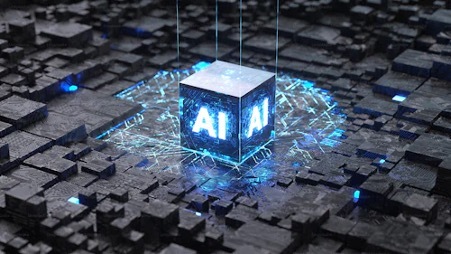
A practical guide to the implementation of artificial intelligence in orthopaedic research—Part 2: A technical introduction
07/05/2024
Zsidai B, Kaarre J, Narup E, Hamrin Senorski E, Pareek A, Grassi A, Ley C, Longo UG, Herbst E, Hirschmann MT, Kopf S, Seil R, Tischer T, Samuelsson K, Feldt R; ESSKA Artificial Intelligence Working Group. A practical guide to the implementation of artificial intelligence in orthopaedic research-Part 2: A technical introduction. J Exp Orthop. 2024 May 7;11(3):e12025. doi: 10.1002/jeo2.12025. PMID: 38715910; PMCID: PMC11076014.
Abstract
Recent advances in artificial intelligence (AI) present a broad range of possibilities in medical research. However, orthopaedic researchers aiming to participate in research projects implementing AI-based techniques require a sound understanding of the technical fundamentals of this rapidly developing field. Initial sections of this technical primer provide an overview of the general and the more detailed taxonomy of AI methods. Researchers are presented with the technical basics of the most frequently performed machine learning (ML) tasks, such as classification, regression, clustering and dimensionality reduction. Additionally, the spectrum of supervision in ML including the domains of supervised, unsupervised, semisupervised and self-supervised learning will be explored. Recent advances in neural networks (NNs) and deep learning (DL) architectures have rendered them essential tools for the analysis of complex medical data, which warrants a rudimentary technical introduction to orthopaedic researchers. Furthermore, the capability of natural language processing (NLP) to interpret patterns in human language is discussed and may offer several potential applications in medical text classification, patient sentiment analysis and clinical decision support. The technical discussion concludes with the transformative potential of generative AI and large language models (LLMs) on AI research. Consequently, this second article of the series aims to equip orthopaedic researchers with the fundamental technical knowledge required to engage in interdisciplinary collaboration in AI-driven orthopaedic research.
Link to the article: https://pubmed.ncbi.nlm.nih.gov/38715910/
